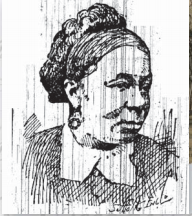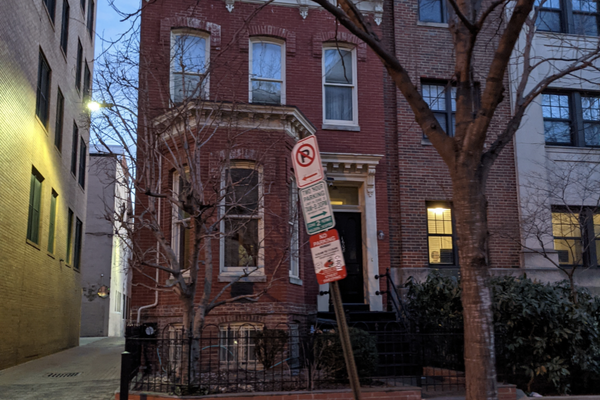About
Beacon Hill is one of the most historic neighborhoods in Boston with the red brick townhouses, old-fashioned street lights, and narrow sidewalks serving as a reminder of the city's long and storied past. Yet this quiet neighborhood today was once the center of abolitionist activity within the city and one location became the preeminent safe house for escaped slaves along the Underground Railroad.
Lewis Hayden was born into slavery in Kentucky in 1811. When he was 14, the famed Revolutionary War General the Marquis de Lafayette was touring the United States and during his stop in Lexington, Kentucky, noticed the young Hayden and bowed in his direction. This small gesture had a profound impact on Hayden, who later wrote, “That act burnt his image upon my heart so that I shall never need a permit to recall it. I date my hatred of slavery from that day.”
In the 1830s, he married Esther Harvey, who was also enslaved, and soon the pair had a son together. Harvey and their son were later sold to Kentucky Senator Henry Clay who then resold them: Hayden never saw them again. He later remarried Harriet Bell and adopted her son, Joseph.
In 1844, Hayden met abolitionists Calvin Fairbank, a Methodist minister, and Delia Webster, a teacher from Vermont working in Kentucky. Fairbank and Webster were able to acquire a carriage and smuggle the Haydens to safety, who covered their faces with flour to appear white and avoid detection. The group made it to Ripley, Ohio, and the Haydens continued north reaching Canada and finally settling in Detroit, Michigan. However, Hayden wanted to do more and directly help other escaped slaves so he moved his family to Boston in January 1846.
Upon settling in the city, the Haydens operated a clothing store on Cambridge Street and turned their home into a boarding house that cared for many fugitives from slavery including another couple, Ellen and William Craft.
Hayden claimed the house was rigged with gunpowder and ready to explode should anyone try to re-enslave someone who escaped. The Haydens also rescued Shadrach Minkins from Virginia and tried to rescue Anthony Burns after he was kidnapped in Boston and transported back to the South to be enslaved again. Harriet Beecher Stowe, author of Uncle Tom's Cabin, also visited the home in 1853.
During the Civil War, Hayden was a recruiter for the 54th Massachusetts Regiment and served a term in the Massachusetts House of Representatives in 1873. He also worked for the Massachusetts Secretary of State for around 30 years until he died in 1889. His wife Harriet died four years later and bequeathed some money to establish a scholarship for Black students at Harvard University.
Today a small plaque marks the location of their former home where so many who were born into slavery found refuge after risking everything to claim their freedom. It is a key stop along the Black Heritage Trail within the neighborhood and a testament to the long, hard-fought struggle for freedom and equality within the country.
Related Tags
Published
September 22, 2023
Sources
- https://coloredconventions.org/boardinghouses/biographies/beacon-hill/lewis-and-harriet-hayden/
- https://www.walkntours.com/lewis-hayden-house-boston
- https://www.boston.gov/news/bostons-own-underground-railroad-conductors-harriet-and-lewis-hayden
- https://www.nps.gov/places/lewis-and-harriet-hayden-house.htm
- https://www.nps.gov/boaf/learn/historyculture/lewis-and-harriet-hayden-house.htm
- https://www.sec.state.ma.us/mus/pdfs/Lewis-Hayden.pdf




























